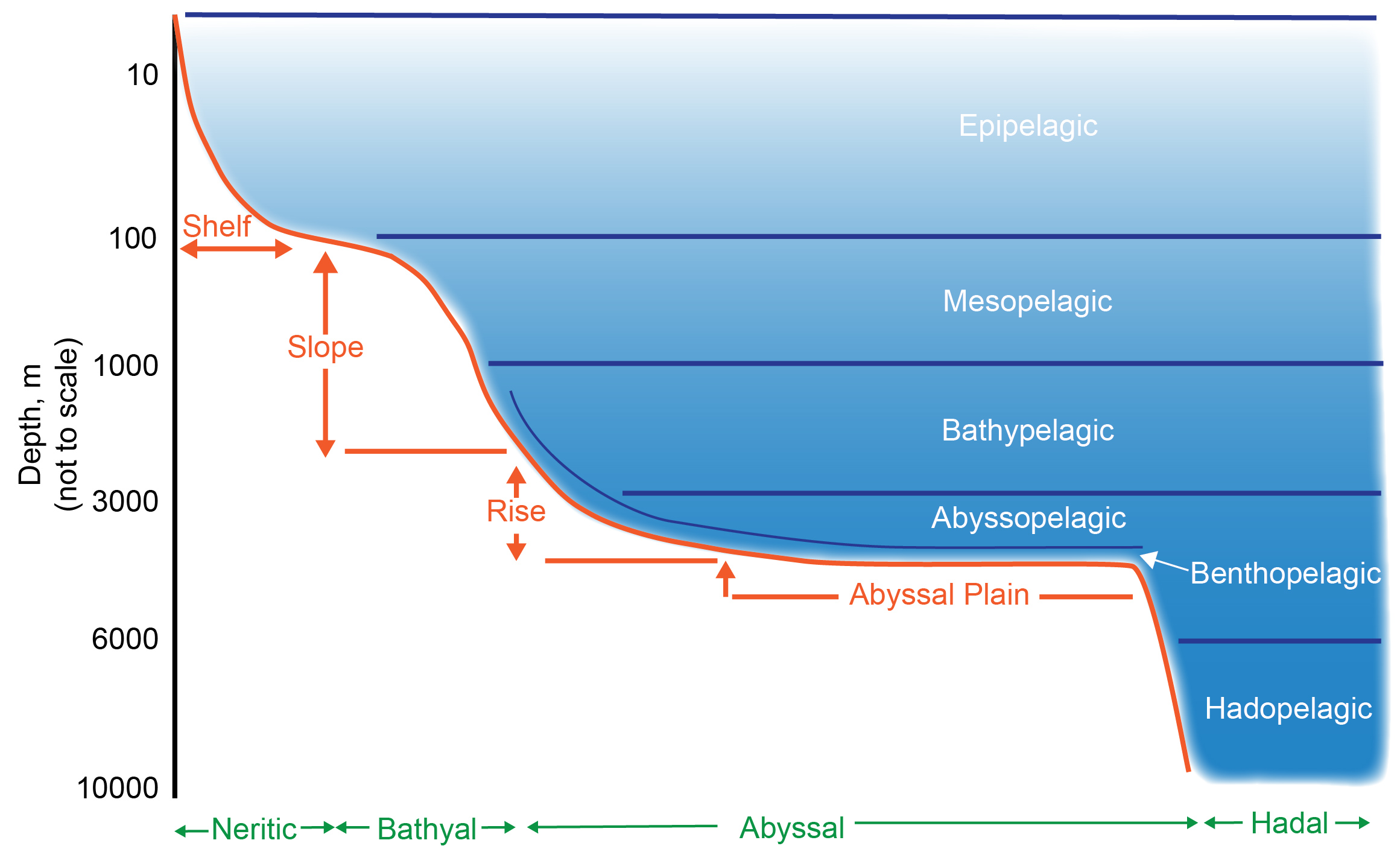FileSchematic Representation Of Pelagic And Benthic Zones.Jpg - Wikipedia
About Depth Of
This macro depth of field calculator takes into account magnification and pupil magnification to give you a good approximation of depth of field values in macro photography. Just introduce camera model, aperture, focal length, focus distance, pupil magnification and extension tube in the case you use one to calculate
Once set, all the above factors come into play to determine how much focus falls in front and in back of that point. With macro subjects, given very narrow depth of field, all factors are amplified. The Working Aperture Wide-open apertures of f2.8, f4 and f5.6 provide the least amount of depth of field. Apertures of f16, f22 and f32
Depth of field DoF can make or break a macro photograph, as it determines which parts of your subject appear sharp and which parts fade into a blur. In macro photography, depth of field is typically very shallow - often just a few millimeters. Key Factors Affecting Depth of Field
Depth of field is the amount of distance between the nearest and farthest objects that appear in acceptably sharp focus in a photograph, it varies depending on camera type, aperture and focusing distance. If you are into photography you probably already know this and how critical it is when you photograph in macro distances. This
Shallow depth of field DOF is one of the visual effects that many photographers seek in their everyday photographs. To accomplish this, there is the grail quest for lenses with larger and larger maximum apertures.In the world of macro and close-up photography, however, a shallow DOF shot can be the photographer's nemesis.Large magnification macro lenses often have DOF distances that
For example, when shooting with a 1x macro lens at f4, your depth of field will probably be around half a millimeter! Consequently, most macro photos have depth of field like the image in figure 1. FIGURE 1 When you get in close, your depth of field will shrink to fractions of a mm. Getting an image with deep focus becomes very complicated.
In macro photography it is often about getting in as much details and as much depth-of-field DOF as possible. The latter is usually a challenge, as at high magnifications of 11 and above where it is even a must, the DOF is paperthin. Getting the best result, means balancing a lot of factors and find the perfect compromise of those.
Understanding depth-of-field. Before we can begin to figure out how to better control DOF, we must first understand the factors that make it so problematic in macro photography. Depth of field is dependent upon three factors aperture value, focal length and subject distance.
Master depth of field in macro photographylearn how aperture, distance, lenses and techniques like focus stacking affect sharpness and creative impact. Learn how to master depth of field in macro photography with aperture settings, lens choice, focus stacking and more.
Understanding how to control depth of field DOF is essential for most forms of photography, and this technique can make the difference between a ho-hum image and one that makes viewers exclaim quotWow!quot And nowhere is this more essential that when photographing macro subjects in the fieldor even when shooting closeups of tiny inanimate objects at home.



































